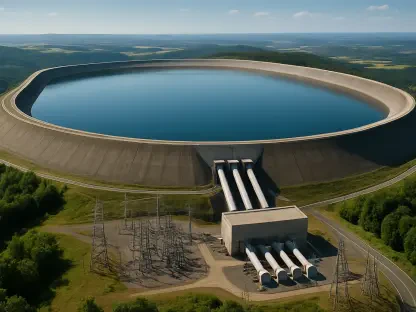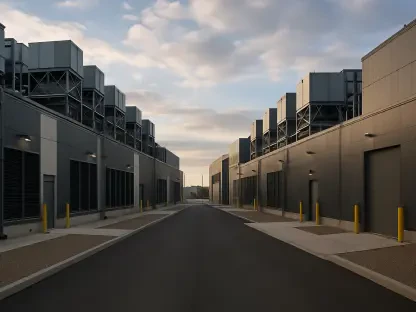California’s energy industry stands at a critical juncture today. With its current capacity pegged at 89 GW, ambitious environmental goals necessitate an ever-accelerating deployment of clean energy solutions. The state is home to a diverse mix of power plants that form the backbone of its energy landscape. This infrastructure has historically facilitated high energy demands, yet now it must transition to incorporate more sustainable sources. As California endeavors to lead the nation with progressive climate initiatives, clean energy deployment becomes paramount.
Current State and Significance of California’s Energy Industry
California’s energy sector boasts a range of power generation facilities, from traditional fossil fuel plants to cutting-edge renewable energy installations. Currently, this infrastructure supports an electrical capacity of 89 GW. The state’s commitment to environmental responsibility drives the importance of expanding clean energy, aligning with aggressive targets for carbon neutrality. The existing network of power plants operates within a robust energy landscape, serving as a critical component as California pushes towards a cleaner future.
Trends and Emerging Opportunities in Surplus Interconnection
Key Industry Trends Shaping Energy Expansion
A significant trend in California’s energy sector is the concept of surplus interconnection. This practice involves tapping into underutilized connections at existing power plants to optimize the grid and enhance clean energy integration. Such interconnections could potentially transform the energy grid by efficiently integrating wind and solar power within the prevailing infrastructure. This approach suggests a promising avenue for the state to enhance its renewable energy adoption efficiently and sustainably.
Market Data and Future Projections
Current market data reveals California’s energy network grappling with an interconnection queue of 230 GW, with 60 GW already awarded deliverability. The adoption of surplus interconnection could alleviate these queuing challenges, providing smoother transitions for developers eager to expand clean energy capacity. Projections indicate a transformative impact on California’s energy strategy, where the potential of surplus capabilities could double the current operational capacity, revolutionizing the market landscape.
Challenges in Implementing Surplus Interconnection
Implementation of surplus interconnection is fraught with challenges that concern stakeholders like the California Independent System Operator (CAISO). Interest from commercial entities remains lukewarm, partly due to perceived feasibility hurdles. Technically, realizing the surplus interconnection’s full potential involves overcoming logistical challenges, particularly at underutilized gas-powered peaker plants. Addressing these bottlenecks is crucial for maximizing the potential of surplus interconnection to drive clean energy advancements.
Regulatory Environment and Impact on Renewables Expansion
Federal and state-level regulations significantly influence the pursuit of surplus interconnection in California. FERC Order 845, introduced in 2018, plays a pivotal role by enabling surplus interconnection. Yet, navigating California’s intricate regulatory landscape remains a requirement for energy stakeholders. Robust compliance and commitment to regulatory frameworks are vital for fostering a conducive environment where renewable energy deployment can thrive and align with broader sustainability objectives.
Future Directions for California’s Clean Energy Initiatives
California’s trajectory toward expanded clean energy initiatives indicates a bright future for surplus interconnection use. As technological innovations emerge, opportunities abound for market disruptors to refine practices and improve grid efficiency. Shifts in consumer preferences may catalyze further adoption of renewables, promoting long-term growth. As both technology and regulation converge, these factors will shape the evolution of California’s energy landscape, steering it towards a sustainable and prosperous future.
Conclusion and Recommendations
The findings suggest surplus grid interconnections hold significant promise for advancing renewable energy efforts in California. By leveraging unexploited capacities, California could address critical constraints like congested queues and transmission expenses. Stakeholders are encouraged to tackle challenges related to feasibility and commercial interest proactively. Embracing technological and regulatory advancements would position California as a leader in clean energy innovation, paving the way for substantial industry investment and growth in the renewables sector.









